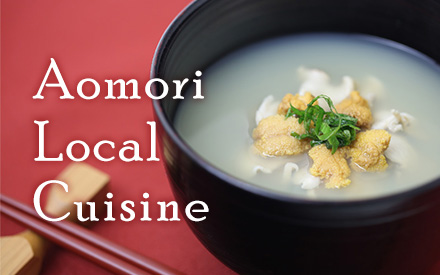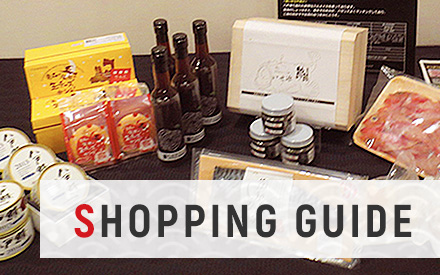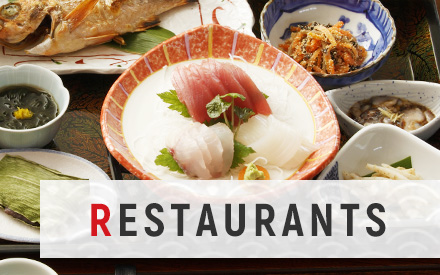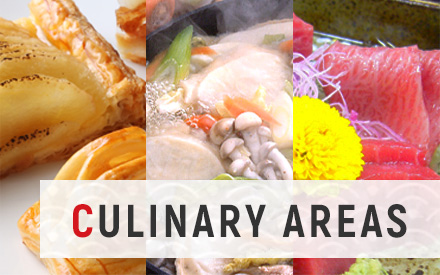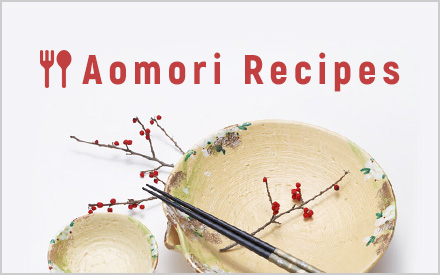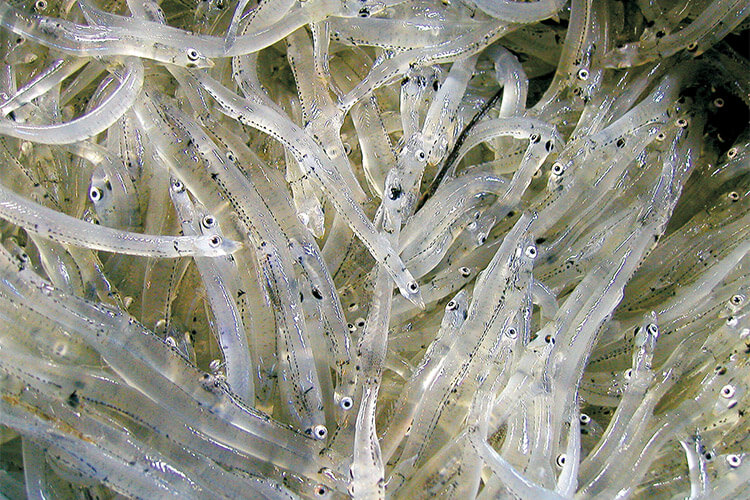
Situated on the eastern part of Aomori, Lake Ogawara is the largest lake in Aomori prefecture. It is a major source of freshwater clams, Japanese smelt, and icefish.
Icefish caught in Lake Ogawara generally have two seasons, the fall season between September and March, and the spring season between April and June. Lake Ogawara is the largest source of icefish in Japan.
Icefish, called shirauo, is characterized by its clear body color, which changes to white when caught.
The fish contains high levels of minerals such as sodium, phosphorus, and zinc. It can be eaten whole and is also a great source of calcium. Additionally, it is a source of vitamin E, B2, B12, C, and folic acid.
Icefish is cooked in egg dishes, tempura, tsukudani (cooked in soy sauce), and vinegared dishes. It is also a local delicacy to eat the fish while still alive, called odori-gui.
Often mistaken with ice goby, icefish has a small, thin, and clear body, with a pointed head. Ice gobies have a rounder head in comparison to icefish.
While icefish, shirauo, is in the salandidae family, ice goby, or shirouo, is in the gobiidae family. In Aomori, ice goby is fished in the Kanita River, Nonai River, and Noheji River, which pours out to Mutsu bay.
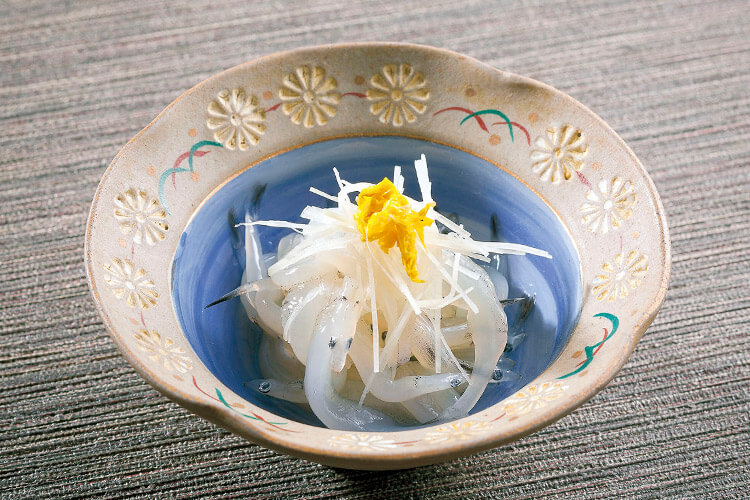
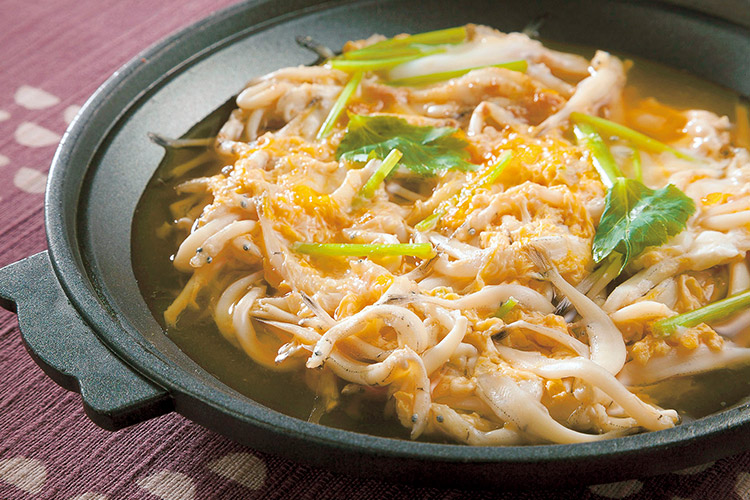
Distribution Season
in season distribution period
| Jan | Feb | Mar | Apr | May | Jun | Jul | Aug | Sep | Oct | Nov | Dec |
|---|---|---|---|---|---|---|---|---|---|---|---|
Find a restaurant or store
Depending on the season and weather, this product may not be available.


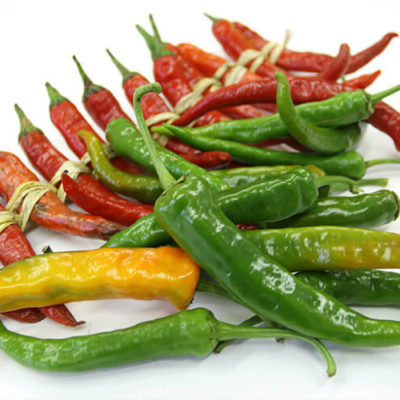 Shimizumori Namba
Shimizumori Namba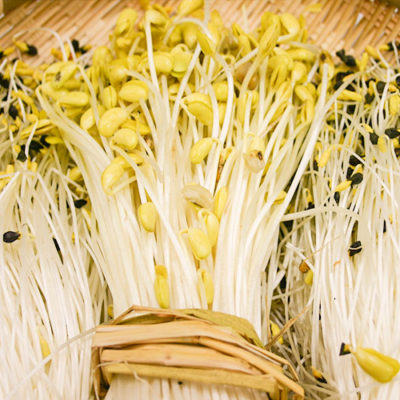 Owani Onsen Bean Sprouts
Owani Onsen Bean Sprouts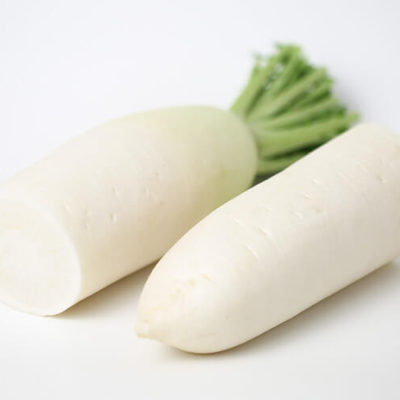 Daikon
Daikon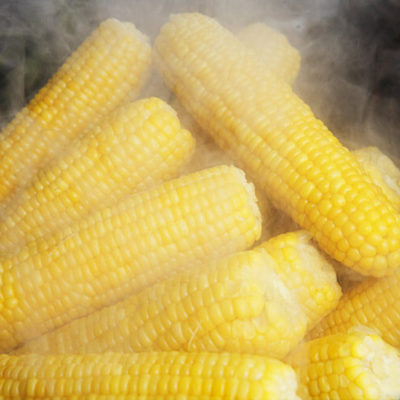 Dake-kimi
Dake-kimi


